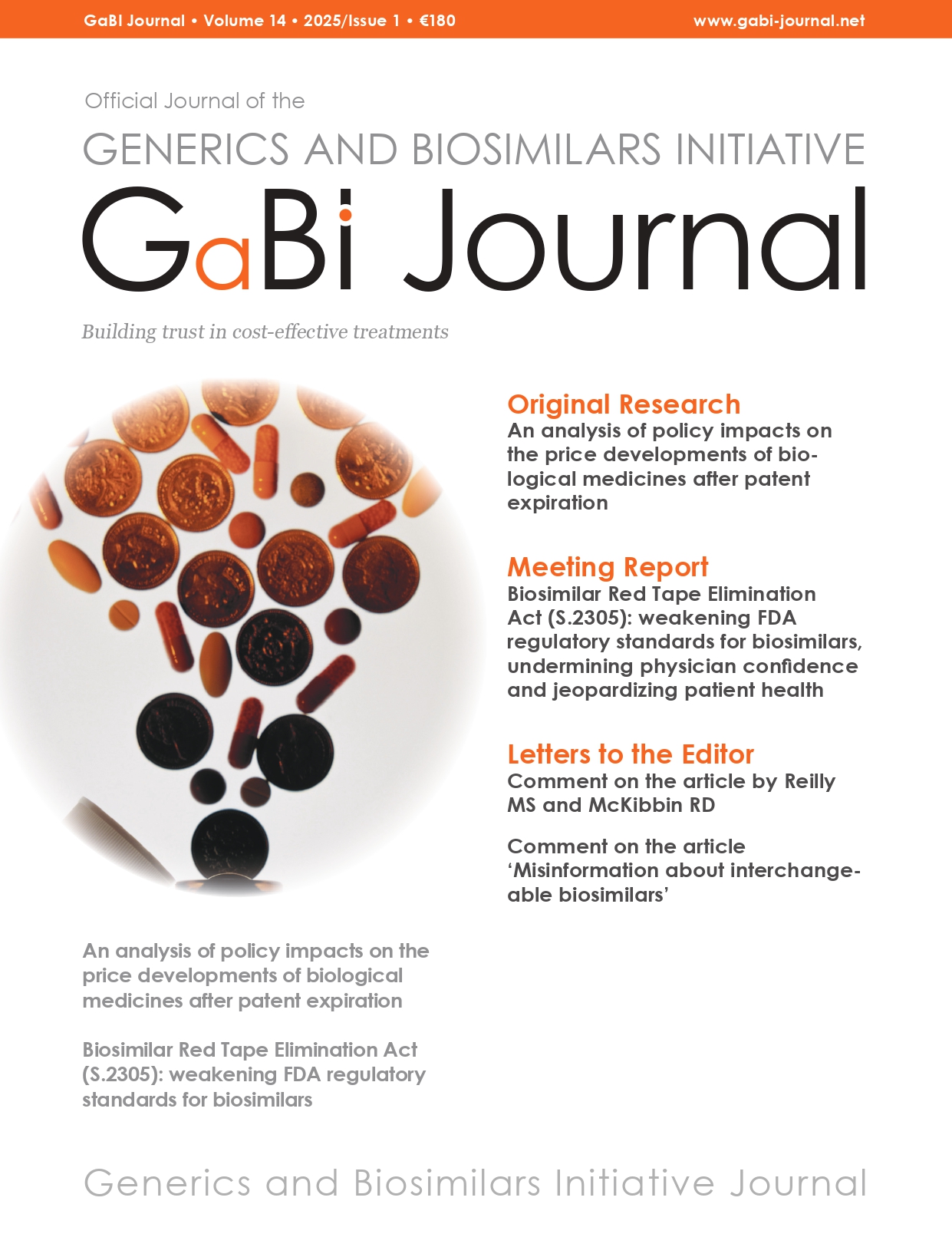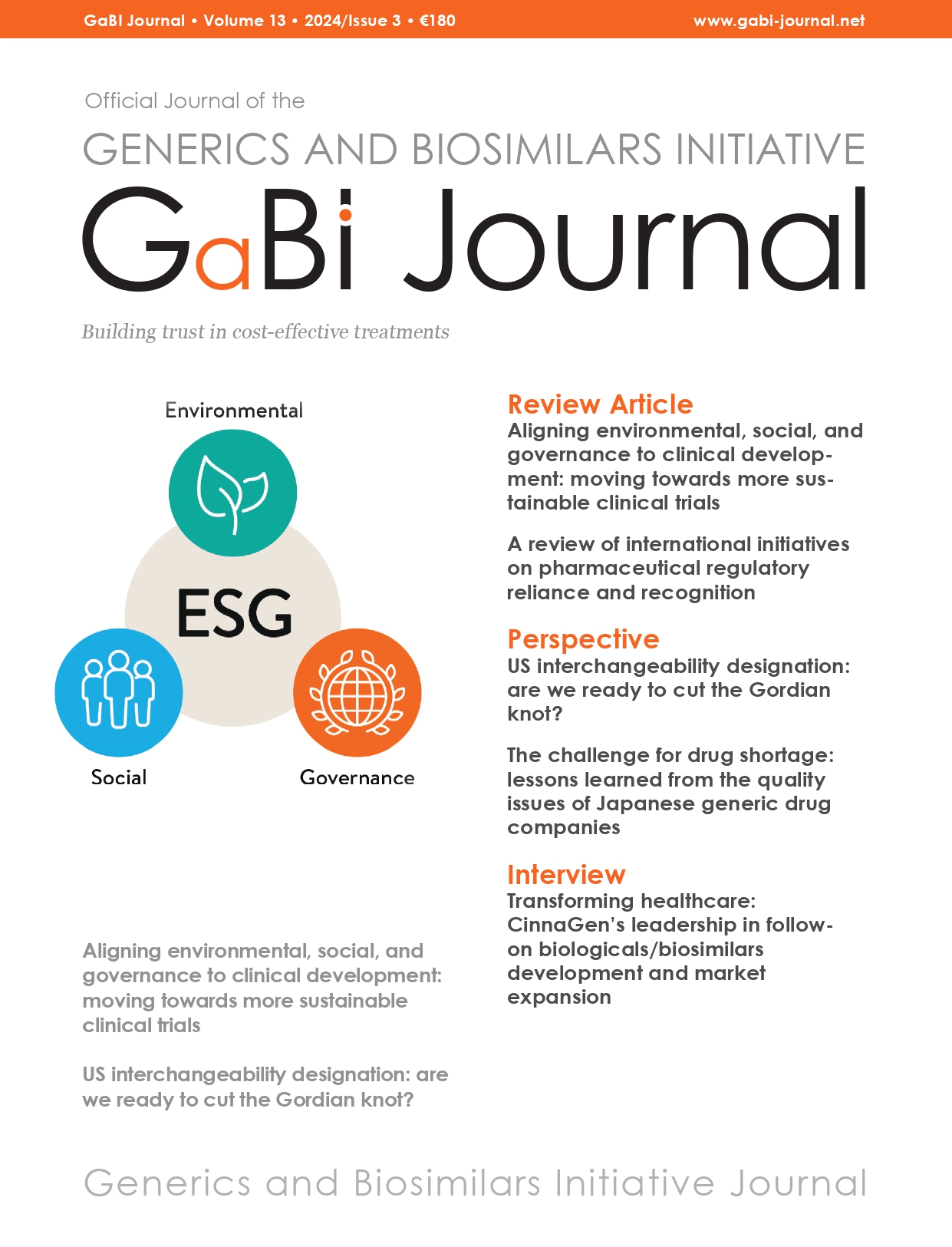Infliximab discontinuation in patients with originator retransition vs biosimilar continuation
Submitted: 4 November 2023; Revised: 24 November 2023; Accepted: 27 November 2023; Published online first: 28 November 2023 A study by Meijboom et al. aimed to compare the risk of and reasons for infliximab discontinuation between retransitioned patients and those remaining on biosimilar [1]. When the market exclusivity of the originator infliximab (Remicade) expired in 2014, […]


